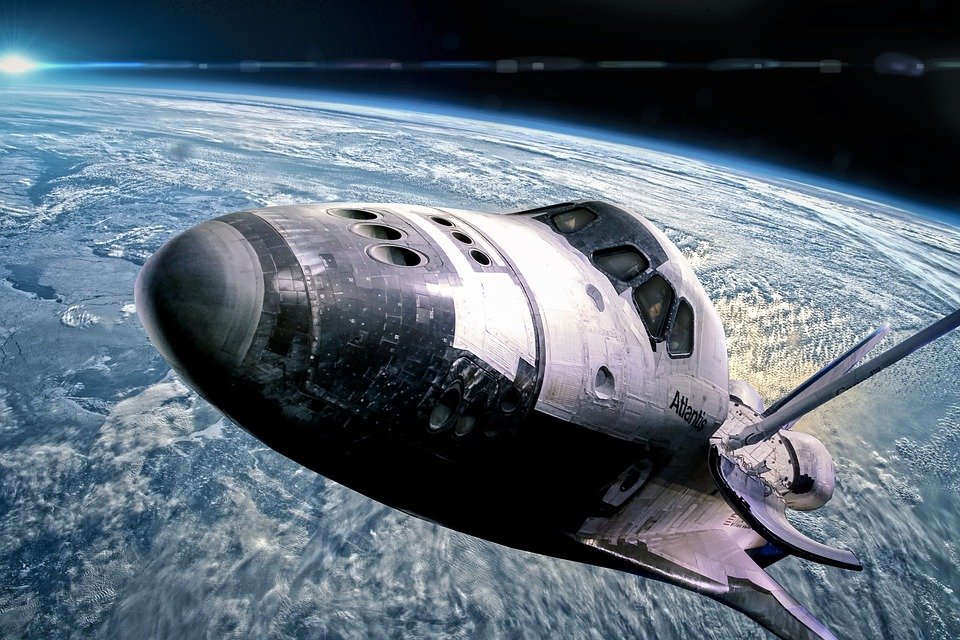The Rise of the Metaverse: 10 Groundbreaking Examples Shaping the Digital Realm
Introduction
The concept of the Metaverse has gained significant traction in recent years, emerging as a buzzword alongside advancements in technology. The Metaverse refers to a virtual realm where individuals can interact with a computer-generated environment and other users in real-time. It is an immersive and interconnected space that blurs the lines between the physical and digital worlds. In this article, we will explore ten groundbreaking examples that are shaping the digital realm and pushing the boundaries of what is possible within the Metaverse.
1. Decentraland
Decentraland is a virtual world built on the Ethereum blockchain, allowing users to buy, sell, and develop virtual land and assets. It functions as a decentralized ecosystem where participants can create and monetize their content, including games, experiences, and social interactions. The platform’s digital economy is powered by a native cryptocurrency, MANA, which enables users to trade virtual goods and services.
2. Fortnite
Fortnite, developed by Epic games, has evolved beyond a traditional video game and become a Metaverse in its own right. It hosts virtual concerts, movie screenings, and other interactive events that draw millions of players. Fortnite’s Metaverse-like features continue to expand, blurring the lines between gaming, entertainment, and social networking.
3. Facebook Horizon
Facebook Horizon is an upcoming social VR platform that aims to create a Metaverse-like experience within the Facebook ecosystem. Users can build their virtual worlds, play games, and interact with others in a shared virtual space. Facebook envisions Horizon as a platform for both individual creativity and social connections, providing a glimpse into the potential future of social media.
4. Cryptovoxels
Cryptovoxels is a virtual world built on the Ethereum blockchain, focusing on user-generated content and digital art. It allows users to purchase virtual land and build whatever they desire, from galleries and museums to shops and homes. Cryptovoxels also supports the ownership and trading of unique virtual assets, making it a thriving marketplace for digital creativity.
5. The Sandbox
The Sandbox is a blockchain-based gaming platform that empowers users to create, play, and monetize their virtual experiences. It utilizes non-fungible tokens (NFTs) to represent virtual assets, enabling true ownership and value transfer. The Sandbox showcases the potential of user-generated content within the Metaverse, fostering a community of creators and players.
6. Minecraft
Minecraft, a popular sandbox game, has embraced the Metaverse concept through its expansive virtual world and thriving community. The game allows players to build, explore, and interact with others in a shared environment. Minecraft’s Metaverse-like features have even influenced educational initiatives, with educators utilizing the platform to create immersive learning experiences.
7. Roblox
Roblox is an online platform where users can create and play games, with millions of experiences available. It has been hailed as a Metaverse for kids, offering a vast virtual world where players can socialize, learn, and engage in various activities. Roblox’s success showcases the power of user-generated content and the appeal of immersive virtual environments.
8. Somnium Space
Somnium Space is a Virtual reality platform that emphasizes user creativity and ownership. It offers a persistent universe where users can build, explore, and monetize their virtual properties and experiences. Somnium Space is known for its immersive graphics and commitment to an open and decentralized Metaverse.
9. Neos VR
Neos VR is a Metaverse-building platform that grants users the tools to create their virtual worlds, games, and experiences. It focuses on empowering creators with a wide range of tools, including scripting and multiplayer support. Neos VR represents a Metaverse where the boundaries of imagination and creation are limitless.
10. Second life
Second life, launched in 2003, is one of the longest-standing examples of a Metaverse. It offers users the ability to create avatars, explore a vast virtual world, and engage in various activities. Second life has evolved into a platform for socializing, commerce, and even virtual conferences and events.
FAQs
What is the Metaverse?
The Metaverse refers to a virtual realm where individuals can interact with a computer-generated environment and other users in real-time. It is an immersive and interconnected space that blurs the lines between the physical and digital worlds.
How does the Metaverse work?
The Metaverse utilizes advanced technologies such as Virtual reality, augmented reality, blockchain, and artificial intelligence to create a seamless and interactive digital environment. Users can explore, create, and interact with others, often through avatars or digital representations of themselves.
What are some key features of the Metaverse?
Key features of the Metaverse include user-generated content, virtual economies, social interactions, persistent environments, and immersive experiences. These elements allow for creativity, collaboration, and new forms of entertainment and commerce within the digital realm.
What are the potential applications of the Metaverse?
The Metaverse has a wide range of potential applications, including gaming, virtual events and conferences, social networking, education, art, commerce, and more. It offers opportunities for virtual experiences that can mirror or even surpass real-world interactions.
What challenges does the Metaverse face?
The Metaverse faces challenges such as scalability, interoperability between platforms, privacy and security concerns, and the need for user-friendly interfaces. Additionally, ethical considerations and the potential for virtual addiction or isolation must be addressed as the Metaverse continues to evolve.
Conclusion
The Metaverse is an exciting and rapidly evolving concept that is transforming the digital realm. The examples mentioned in this article represent just a fraction of the groundbreaking developments shaping the Metaverse. As technology advances and user adoption grows, the Metaverse holds immense potential for innovation, creativity, and new possibilities within our interconnected digital future.

